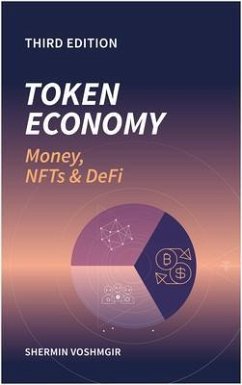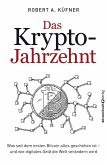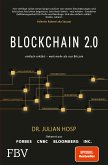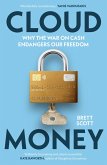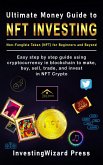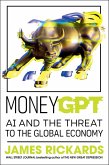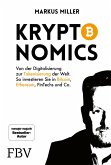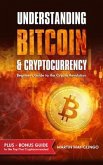Token Economy that has been a bestseller since its first edition in 2019. The first two editions were published as one book. This third edition has expanded in scope and depth and has been published as three separate books. Money, NFTs and DeFi is the first of three books in the Token Economy Series. Tokens that are designed to incentivize an autonomous group of people to individually contribute to a collective goal are the subject of DAOs & Purpose-Driven Tokens. The technical and political aspects of blockchain networks and core Web3 infrastructure will be discussed in Web3 Infrastructure (release date 2024). Until then, the second edition will still be available for purchase for those who are interested to catch up on the contents that will be updated when the other two books are released.
This book describes how Bitcoin, Ethereum and other blockchain networks created a collectively maintained operating system for managing tokens in a publicly verifiable manner. The book describes different types of Web3 tokens and how general tokenization impacts not only our monetary systems, but also our financial systems and the real economy. It analyzes the question of wether so-called cryptocurrencies and other tokenized assets replace money as we know it. In public debate, these questions usually lead to highly contentious discussions and the arguments very often depend on one's definition of what actually constitutes money. Discussions about what "real" money is often seem to have an almost religious dimension, where arguments are based on ideology or semi-knowledge. Readers will get an introduction to the core concepts of tokenization, before delving into the question of what constitutes money and credit. Both chapters provide an important foundation from which various use cases for fungible and non-fungible tokens that represent different types of assets will be analyzed. Later chapters introduce the concepts of financial markets and discuss how asset tokens can be used as collateral in a growing ecosystem of tokenized financial applications - ranging from DeFi (Decentralized Finance) to CeFi (Centralized Finance).
This book describes how Bitcoin, Ethereum and other blockchain networks created a collectively maintained operating system for managing tokens in a publicly verifiable manner. The book describes different types of Web3 tokens and how general tokenization impacts not only our monetary systems, but also our financial systems and the real economy. It analyzes the question of wether so-called cryptocurrencies and other tokenized assets replace money as we know it. In public debate, these questions usually lead to highly contentious discussions and the arguments very often depend on one's definition of what actually constitutes money. Discussions about what "real" money is often seem to have an almost religious dimension, where arguments are based on ideology or semi-knowledge. Readers will get an introduction to the core concepts of tokenization, before delving into the question of what constitutes money and credit. Both chapters provide an important foundation from which various use cases for fungible and non-fungible tokens that represent different types of assets will be analyzed. Later chapters introduce the concepts of financial markets and discuss how asset tokens can be used as collateral in a growing ecosystem of tokenized financial applications - ranging from DeFi (Decentralized Finance) to CeFi (Centralized Finance).
Dieser Download kann aus rechtlichen Gründen nur mit Rechnungsadresse in A, D ausgeliefert werden.

